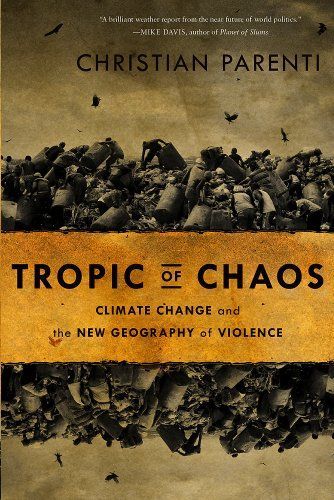
Tropic of Chaos Climate Change and the New Geography of Violence
An investigative journalist visits the economically and politically battered post-colonial nations around the earth's mid-latitudes and reveals how extreme weather in the era of climate change is breeding banditry, humanitarian crises and state failure.
Reviews
Bryan Alexander@bryanalexander
Sam O'Leary@soleary